Le service au padel, a topic that can often be neglected in the preparation of matches and competition. Have a efficient service it's already good, but what to do after ?
Let's assume you have several types of serves that allow you to adapt to opponents, raisers, so you don't start the rally defensively. From this base, let's see what can happen next.
You've most certainly been told that after a serve you have to go to the net, haven't you? It is correct and incorrect at the same time. Correct in the sense that if you are close to the net you will take the offensive, and incorrect because if you always go up the same way, after the same service, you are likely to start the point defending.
So we'd rather say that after a serve, you need to adopt an attacking stance that will keep the opponents down the court.
First serve
It is often the fastest, the most aggressive. After this serve, the return will tend to be played from the bottom, ie you will have to volley. So the faster you are going to serve, the faster you will have to play the volley, which means that if you are the aggressive style, you will have to play this first volley close to the net and therefore move up very quickly between the serve and the volley.
But if you're not as aggressive, with a slower, safer serve, you won't need to be as fast, your goal will be to volley in your comfort zone at the net.
What we can say after a first serve is that depending on the speed of your shot, you will have to go more or less quickly to your reference position or your attack will be aborted. It is better, depending on the case, to serve less quickly to have time to reach this zone, than to serve too quickly and be too slow.
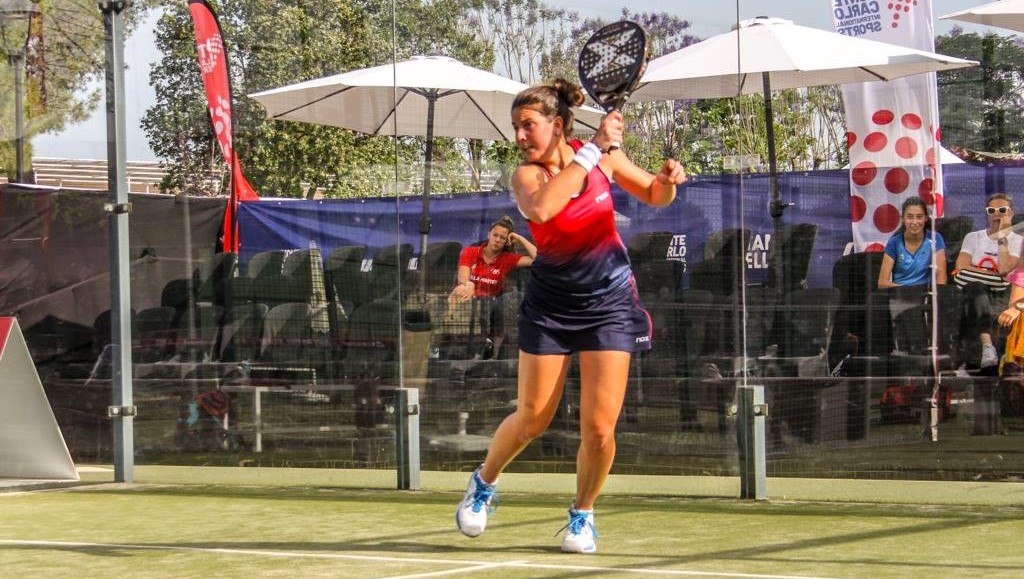
Second service
For a second ball it's different. Indeed, during a second service, the returner will try his luck more. In his mind, the return is easier to perform than during a first serve, so he can play any shot and especially a lob in more than half of the cases. So you will have to adjust your climb to the situation.
If, as in a first serve, you come to stick the net, you risk having to make a backward stroke towards your starting point.
So the best will be to tell yourself that you will have to play at least one volley or one more shot to reach this usual area that you have at the net. You'll be calmer, your volley will be better played, more poised, and you'll reach the net, but with a few more strokes...
Know how to adapt
This is the most tactical part. Don't get into the habit of always riding the same way, unless it works every time of course. At the start of a game, your opponents may find it difficult to return your serves. But as the match goes on they will find parries that may put you in difficulty on the first end.
So adapt, adjust your position so that it's easy for you to reach the net.
A very frequent example is the case where the server goes up and finds himself lobbed, having to go back to the bottom after each return. If he stops just in front of the line, he can play this high volley or a bandeja which will then allow him to move forward.
The serve gives you the advantage in the point because it allows you to attack right away. The downside is that even if your serve is very good, a bad position or a badly played first shot can ruin everything afterwards.
Play, watch, analyze, try. Let's go!
Julien Bondia is a teacher of padel in Tenerife (Spain). Columnist and advisor, he helps you play better through his tutorials and tactical/technical articles padel.




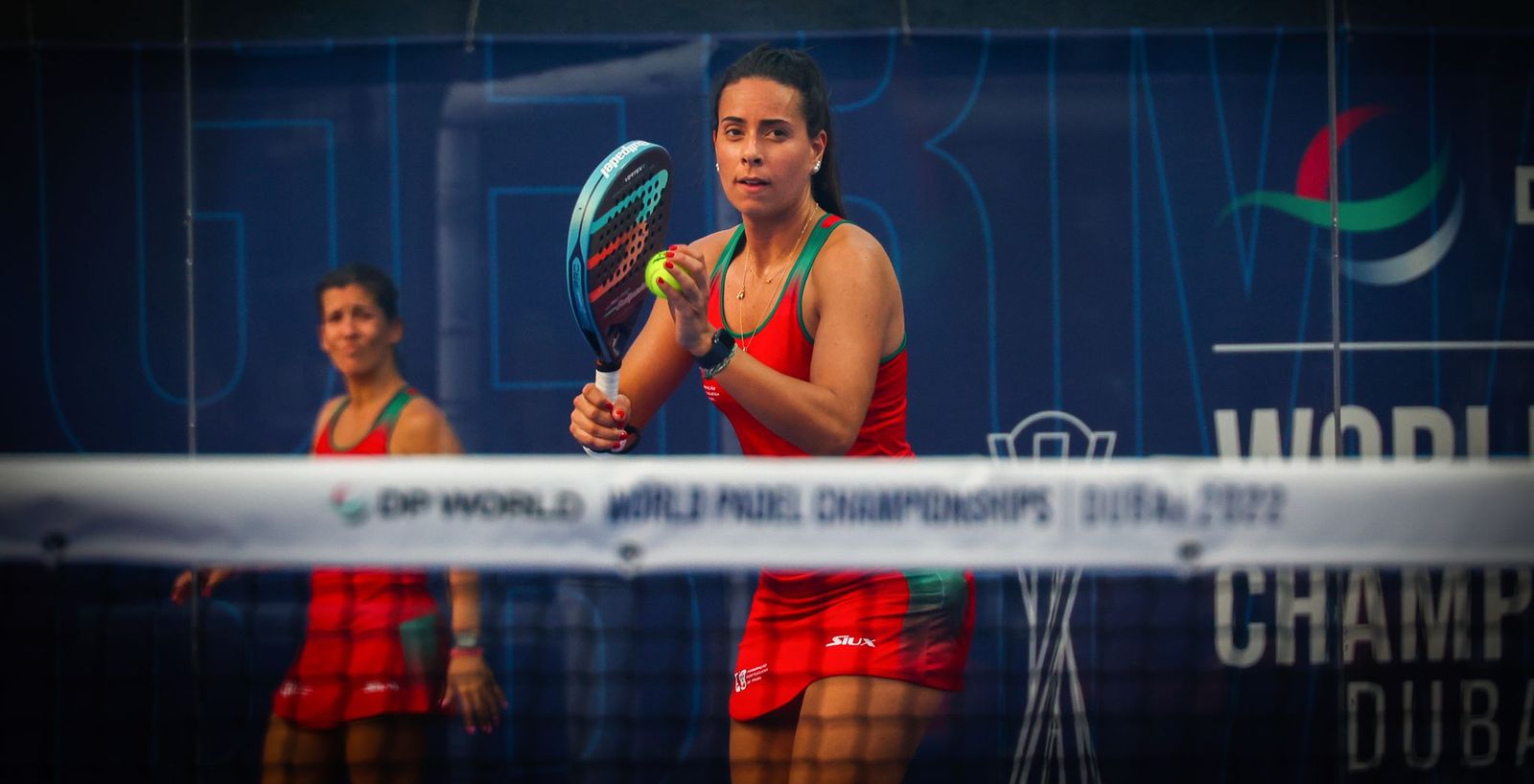
































































































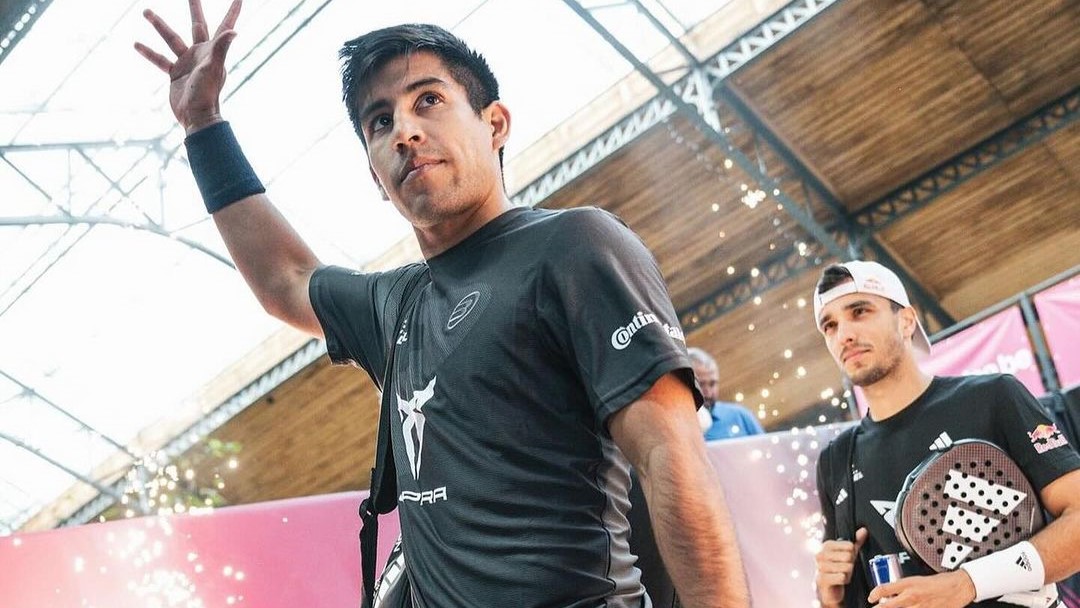 Premier Padel Brussels P2 – “Chingalan” on the way to its second final
Premier Padel Brussels P2 – “Chingalan” on the way to its second final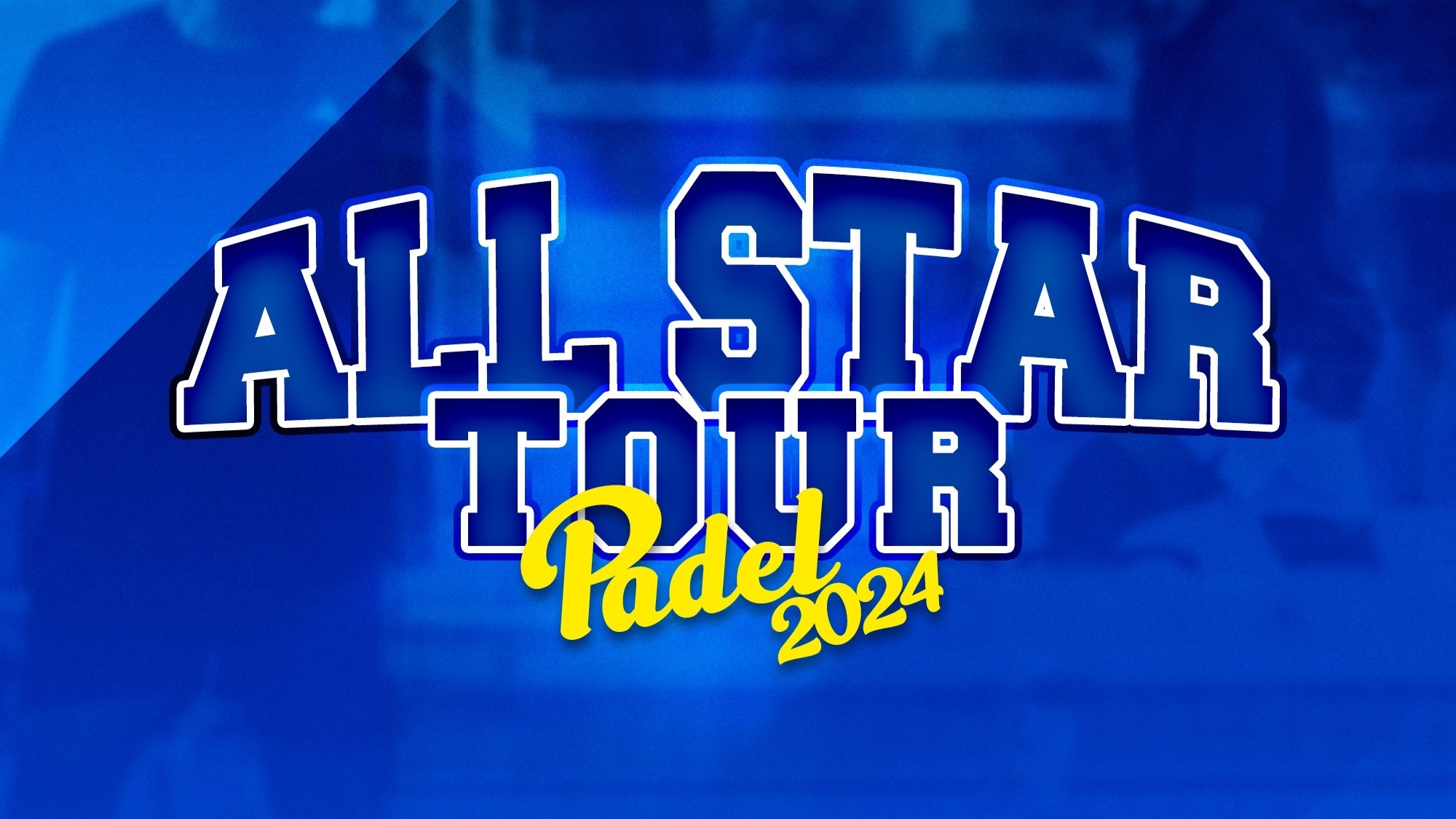 The All Star Tour returns on May 16 at the All In in Lyon
The All Star Tour returns on May 16 at the All In in Lyon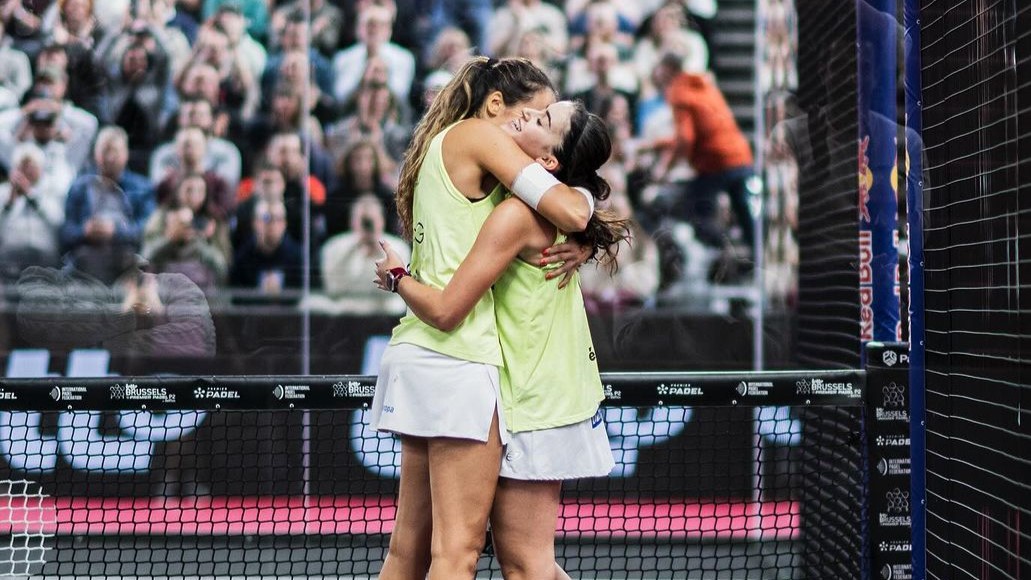 Premier Padel Brussels P2 – Gemma Triay and Claudia Fernandez return to the final
Premier Padel Brussels P2 – Gemma Triay and Claudia Fernandez return to the final Guillaume Codron de Sud Padel : “A family project”
Guillaume Codron de Sud Padel : “A family project” Nallé Grinda: “Democratize the padel in the USA with PadelX "
Nallé Grinda: “Democratize the padel in the USA with PadelX " Simon Boissé: “We know that there are two nations in front of us”
Simon Boissé: “We know that there are two nations in front of us” Marie Maligo: “This period of frequent changes of partners was beneficial for me”
Marie Maligo: “This period of frequent changes of partners was beneficial for me” D-7 of the “BetClic Remontada Padel”, at the foot of the Eiffel Tower
D-7 of the “BetClic Remontada Padel”, at the foot of the Eiffel Tower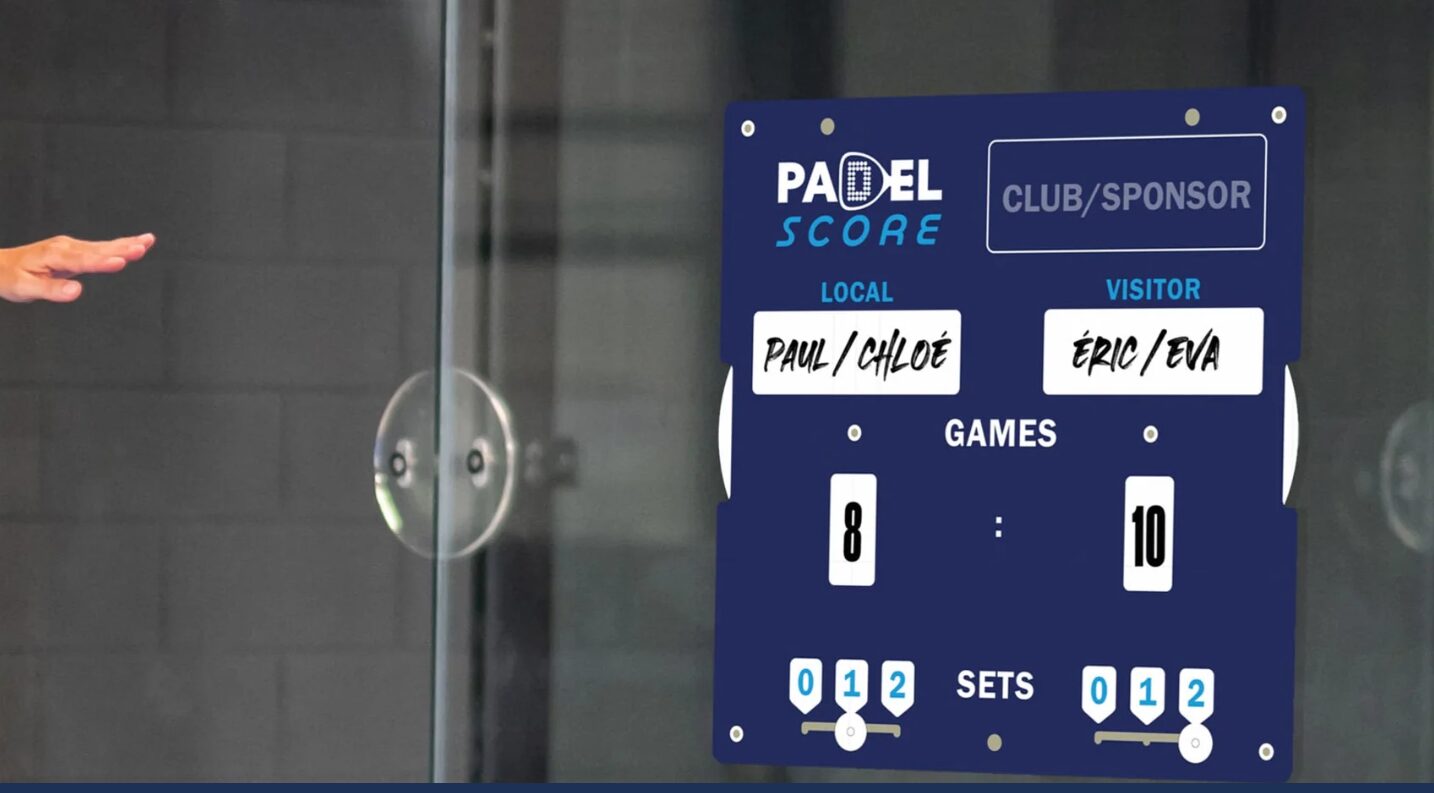 Padel Score: an essential table for keeping score
Padel Score: an essential table for keeping score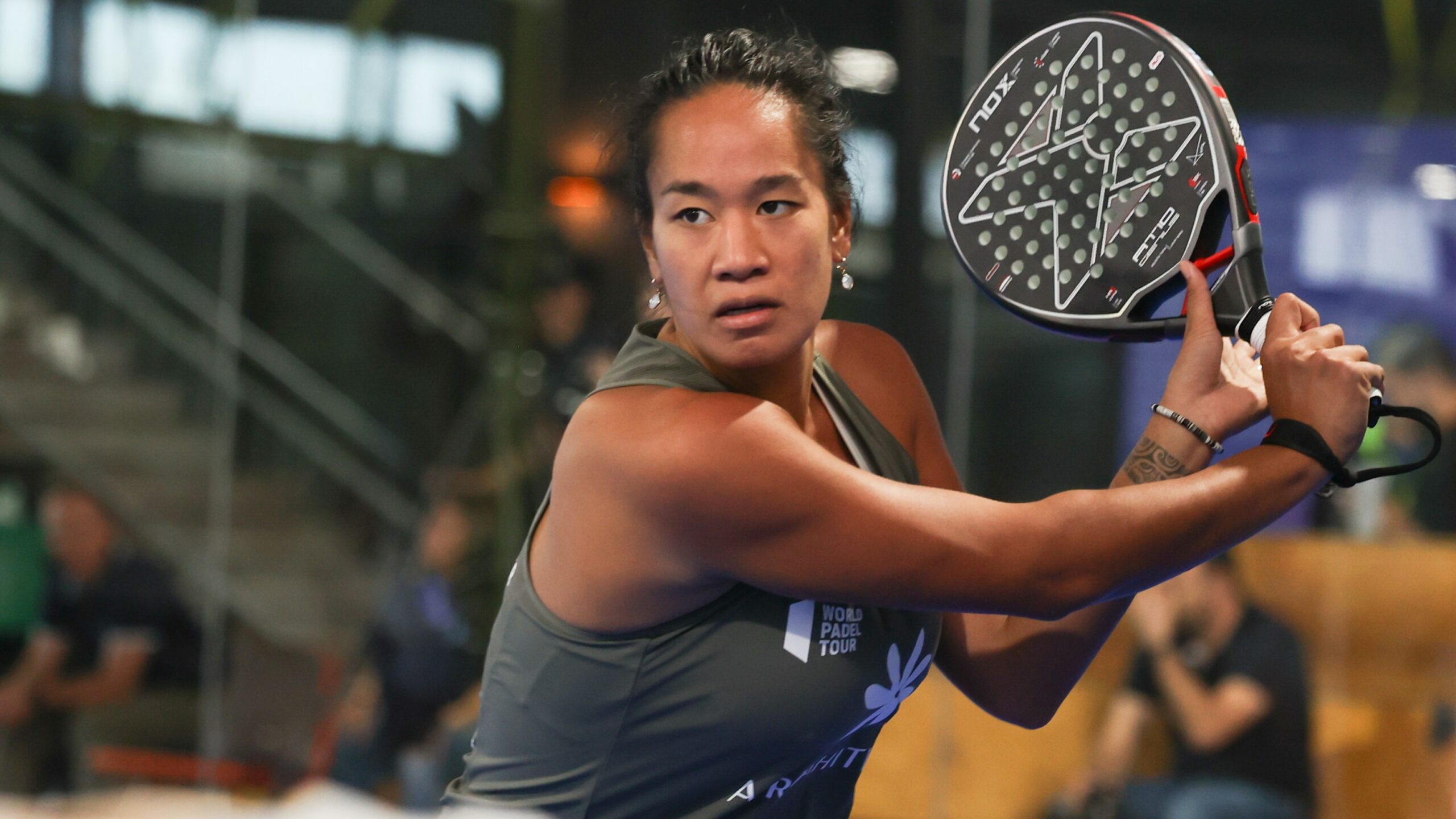 Léa Godallier makes her big return to the slopes this weekend
Léa Godallier makes her big return to the slopes this weekend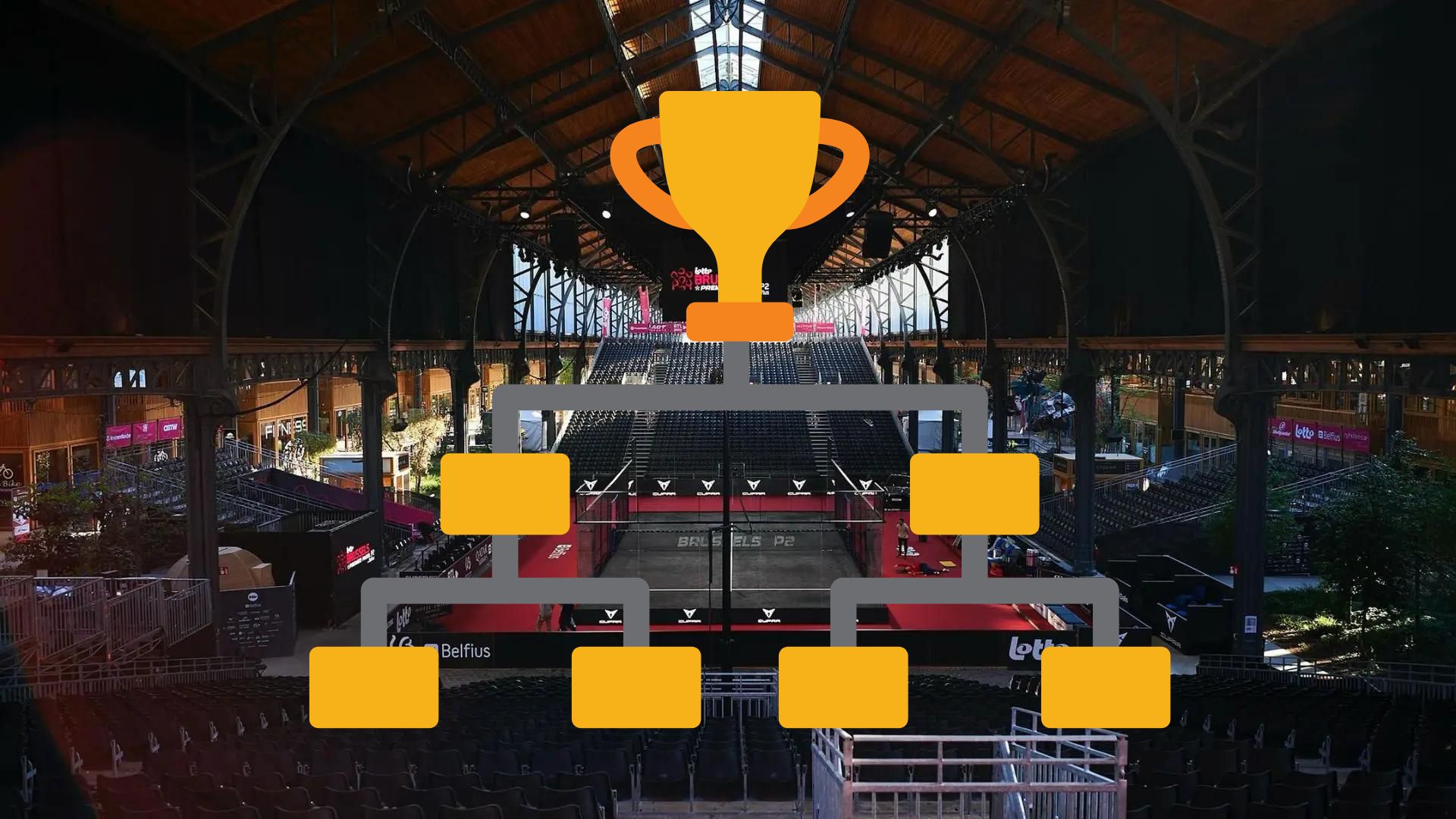 Premier Padel Brussels P2 – Time for the semi-finals!
Premier Padel Brussels P2 – Time for the semi-finals!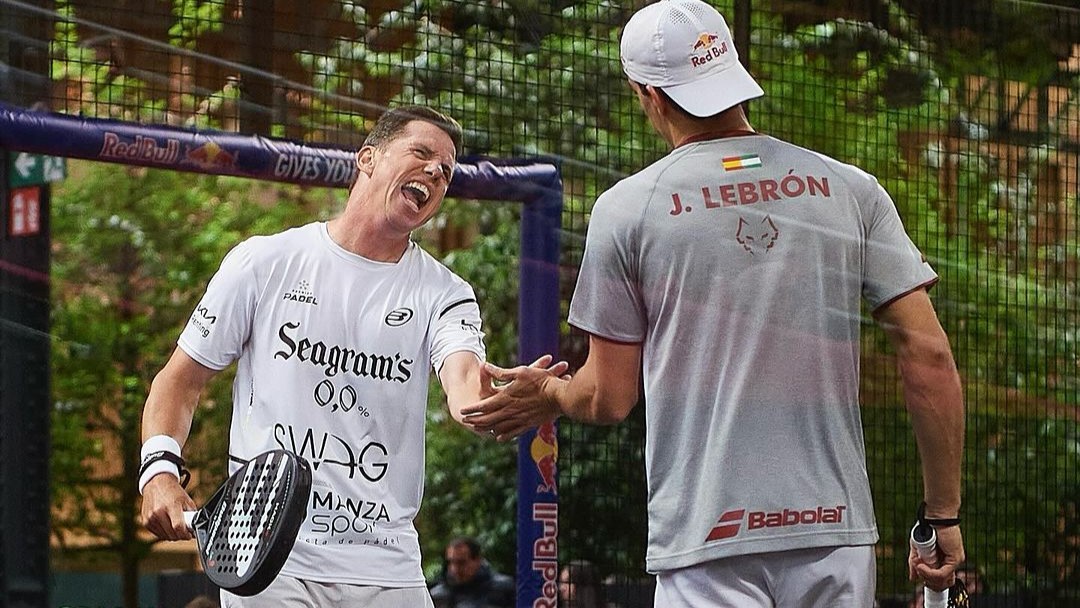 When will Lebron and Paquito split?
When will Lebron and Paquito split?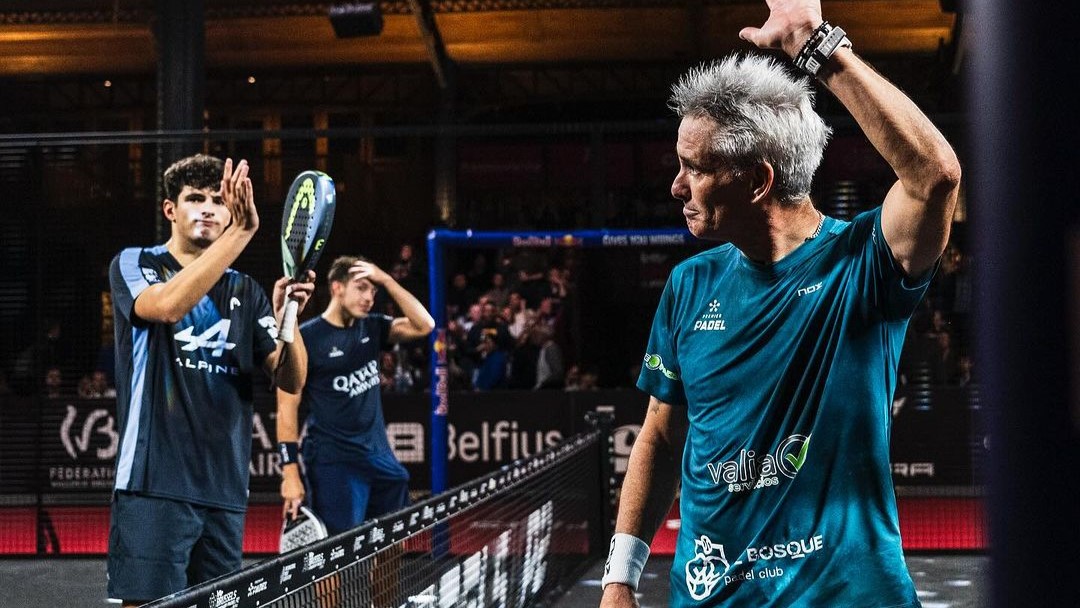 Premier Padel Brussels P2 – Coello and Tapia had to save two match points against Lamperti and Belluati to qualify in the half!
Premier Padel Brussels P2 – Coello and Tapia had to save two match points against Lamperti and Belluati to qualify in the half!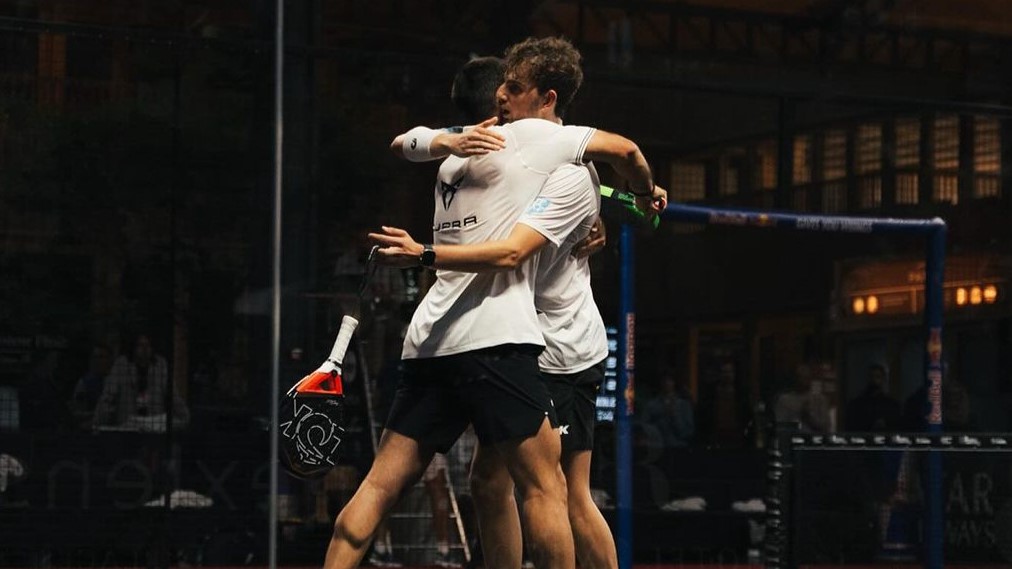 Premier Padel Brussels P2 – Mike Yanguas and Javi Garrido once again take the advantage over Stupa / Di Nenno
Premier Padel Brussels P2 – Mike Yanguas and Javi Garrido once again take the advantage over Stupa / Di Nenno José Manuel Escin at the inauguration of Casa Padel DOS: “Finally, and thank you!”
José Manuel Escin at the inauguration of Casa Padel DOS: “Finally, and thank you!” Padel Score comes to Tahiti for American Express Padel Cup!
Padel Score comes to Tahiti for American Express Padel Cup! Do you know the Rafa Nadal Academy Tour?
Do you know the Rafa Nadal Academy Tour? Play at padel on his yacht? Possible for €233.000!
Play at padel on his yacht? Possible for €233.000! Our Top 10 training courses padel in France and Europe
Our Top 10 training courses padel in France and Europe At the heart of padel – Episode 25: Paul and Andoni answer your questions
At the heart of padel – Episode 25: Paul and Andoni answer your questions Tactical padel – What to do when faced with players who systematically stay at the bottom?
Tactical padel – What to do when faced with players who systematically stay at the bottom? The basic tactics of padel
The basic tactics of padel At the heart of padel – Episode 25: Paul and Andoni answer your questions
At the heart of padel – Episode 25: Paul and Andoni answer your questions At the heart of padel – Episode 23: defend the window well
At the heart of padel – Episode 23: defend the window well Prohibition on playing topless Padel : the reasons
Prohibition on playing topless Padel : the reasons FIP Tour – Going far from Europe, THE strategy to earn points!
FIP Tour – Going far from Europe, THE strategy to earn points! What is a good football player? padel ?
What is a good football player? padel ? “Lefties give me headaches when I play against them!”
“Lefties give me headaches when I play against them!” At the heart of padel – Episode 14: how to earn points in winter?
At the heart of padel – Episode 14: how to earn points in winter? A par 4 is always a winner...even if you manage to defend it!
A par 4 is always a winner...even if you manage to defend it! Carbon fiber VS fiberglass: what to choose?
Carbon fiber VS fiberglass: what to choose? How to effectively test a racket padel ?
How to effectively test a racket padel ? La padel to fight Parkinson's disease
La padel to fight Parkinson's disease Don't play with a cracked or broken racket, your body will thank you!
Don't play with a cracked or broken racket, your body will thank you! Michel Cymes: “The padel, physically, it’s serious!”
Michel Cymes: “The padel, physically, it’s serious!” Jeremy Gala: “Promote the padel among young people in Belgium remains a challenge”
Jeremy Gala: “Promote the padel among young people in Belgium remains a challenge” The French Touch Academy organizes its selection day Padel-Study
The French Touch Academy organizes its selection day Padel-Study Report on the detection and training of younger generations
Report on the detection and training of younger generations